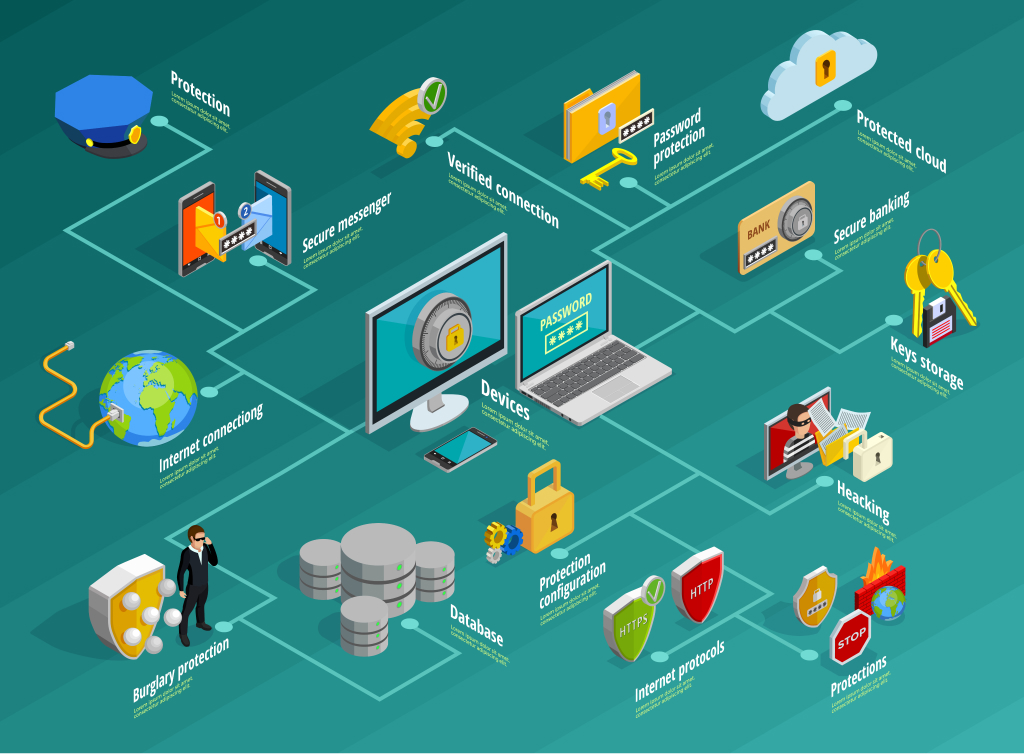Blog

Stepping into the freelancing arena often comes with a blend of exhilaration and apprehension. It’s a realm where your skills and expertise are your currency. Yet, before you can showcase your prowess on a project, you must first win the project—and that’s where a well-crafted Freelance Proposal comes into play. Your proposal isn’t just a bid for a job; it’s your chance to shine, to show prospective clients not just what you can do, but how you can solve their problems and add value to their endeavors.

Embarking on a freelance journey is akin to stepping into a vast sea of opportunities. The endless possibilities could seem overwhelming, especially when you're not quite sure where to steer your boat. This is where identifying your "Freelance Niche" comes into play. A niche is like your compass in this vast ocean, it gives your freelance journey a definite direction. By honing in on a specific niche, you streamline your efforts, carve out your own unique space in a crowded market, and cater to a well-defined audience who values your specific expertise.

The digital era has ushered in a myriad of opportunities, and freelancing stands tall among them. It's no longer just a venture for the creative minds, but individuals across various fields are plunging into the freelancing world, marking a notable rise of freelancing. The allure of being your own boss, managing your hours, and the freedom to choose projects that resonate with your skills has made freelancing a go-to for many. Especially for beginners, the freelancing realm offers a chance to break free from the conventional 9 to 5 job model, presenting a platform to hone skills, build a portfolio, and earn while at it. The proliferation of digital platforms has significantly lowered the entry barriers making freelancing for beginners a less daunting venture.

Embarking on the freelance journey is often driven by a desire for freedom and the ability to choose projects that resonate with a person's skills and interests. However, the freedom of freelancing comes with its own set of challenges, the most significant of which is setting the right rates for the services provided. This introductory section aims to pave the way for understanding the intricacies of rate setting, which can sometimes be overwhelming, especially for those new to the freelancing world.

The modern workforce landscape has witnessed a seismic shift over the last decade. Rapid technological advancements and changes in societal perspectives have paved the way for more flexible and diverse work structures. With work dynamics constantly evolving, individuals now find themselves at a crossroads, pondering the age-old debate of traditional roles versus the allure of freelancing.

Creating a mobile app is akin to painting on a digital canvas, where every brush stroke is a line of code, and the palette is teeming with development methodologies. Mobile App Development is more than the amalgamation of codes; it’s about manifesting an experience, turning visions into tangible solutions that can enhance lives. This article provides a deep dive into the realms of Native and Hybrid Mobile Development methodologies, where each holds its unique allure and has its distinctive narrative to tell.

Freelance Graphic Design has become a pivotal career, blending creativity with flexibility. It’s a realm where designers can express their creativity, setting their rules, working hours, and projects, all while contributing significantly to the visual aesthetics of the evolving digital world.

Google’s journey is synonymous with relentless innovation and transformation, stemming from its inception and extensive evolution over 25 years. Founded in 1998 by Larry Page and Sergey Brin, Google started as a research project while both were pursuing their Ph.D. at Stanford University. From a modest beginning, it has burgeoned into a global tech titan, altering the way we perceive and interact with the digital world.

A firewall is a specialized security solution designed to act as a shield between a secured, internal network and untrusted external networks such as the internet. A set of defined rules govern what kind of traffic is allowed and forbidden, making it a critical component in network security, especially in controlling incoming and outgoing traffic based on an organization's security policies. It is the unsung hero in the cyber realm, diligently working to filter out potentially harmful data transmissions and ensuring a secure digital environment.